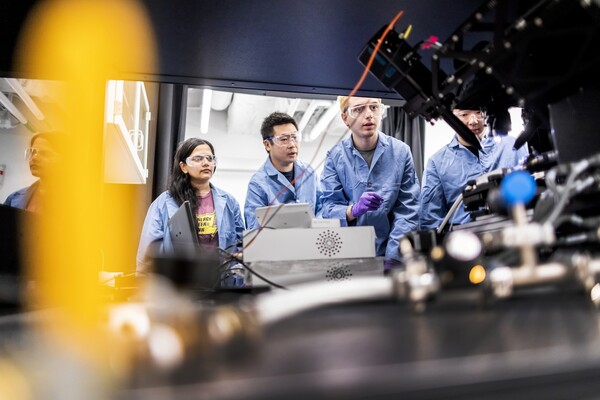
Image: Mininyx Doodle via Getty Images
In the early 1800s, scientists began understanding the value of the microscope in medical research.
While studying medicine at Penn, Joseph Leidy trained in microscopy, the science of using a microscope to view tiny objects too small to be seen with the naked eye.
After earning his medical degree from Penn in 1844, he practiced medicine for several years before pursuing his greatest love: medical investigative procedures.
Leidy devoted his career to the study of living organisms, and revolutionized the medical profession through his research methods, medical discoveries, and teaching.
In just the first few years of his career, he became known as the nation’s foremost microscopist. Leidy’s impressive production of papers resulted in more than 800 scientific articles published during his lifetime.
Leidy is believed to be the first person to help solve a murder mystery by using a microscope in forensic medicine. In 1846, he examined blood on the shirt of an accused murderer and determined that the blood was from a human and not the blood of a chicken, as the suspect had claimed. The suspect later confessed to the murder.
Through examinations of fossils found on the West Coast, he discovered many extinct species. And, even before Charles Darwin published his theory of evolution and natural selection, Leidy had written about variations of species, the disappearance of old species, and the appearance of new species. Leidy was an early supporter of Darwin’s theory when it was published in 1859.
Leidy is credited with determining that the parasitic disease trichinosis was caused by eating raw or undercooked pork or wild game, and that cooking the meats longer would kill the parasites.
Leidy’s microscope (pictured) is housed among the collections of the University Archives and Records Center.
A Penn professor of anatomy, Leidy also founded the Department of Biology in 1885, which he chaired until his death in 1891 at the age of 67.
For more information about this and other historical events at Penn, visit the University Archives at www.archives.upenn.edu.
Jeanne Leong

Image: Mininyx Doodle via Getty Images

The sun shades on the Vagelos Institute for Energy Science and Technology.
nocred

Image: Pencho Chukov via Getty Images

nocred